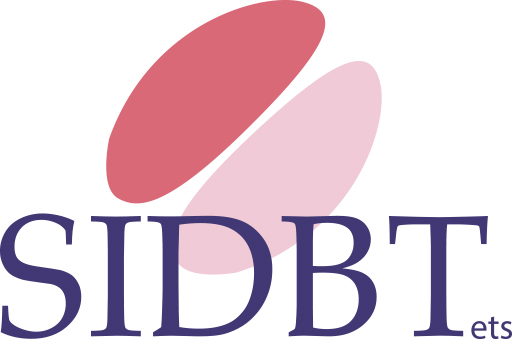Many therapists practicing DBT are faced with the dilemma: Do I adopt DBT in a manner that is faithful to proven principles and protocols, or do I adapt and modify it to the context in which I work? SIDBT, in agreement with BTech, recommends always starting with inclusive or standard DBT, and moving on at a later stage to learning about and applying adaptations that have received sufficient evidence of effectiveness.
Below are the adaptations that have the double requirement of having been tested on outcomes and having dedicated manual and training:
- DBT adapted for adolescents (DBT - A). See DBT manual for adolescents. Italian ed. edited by Lavinia Barone and Cesare Maffei, 2016, Cortina, MI. Go to the Italian volume
- DBT adapted to Substance Use Disorder (DBT - SUD)
- DBT adapted to Eating Behavior Disorders (bulimia nervosa and binge eating). Cf. Binge eating in Bulimia. Italian ed. edited by Lavinia Barone and Cesare Maffei, 2011, Cortina, MI. Go to the Italian volume
There are also adaptations, with ongoing trials, for adapted DBT:
- To school contexts (DBT-StepsA in schools) cf. DBT skills in schools, Erikson, Trento. Go to the Italian volume
- For support for patients' family members (family connections).
- For hypercontrolled behaviors (e.g., anorexia nervosa, obsessive disorder) cf. RO DBT Handbook, 2021, Erikson, Trento. Go to the Italian volume
- To psycho-oncology cf. Coping with cancer, 2022, Cortina, MI. Go to the Italian volume
